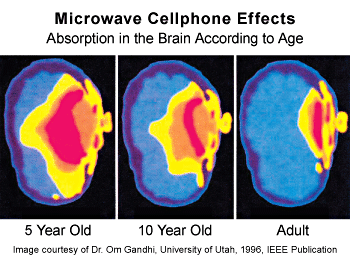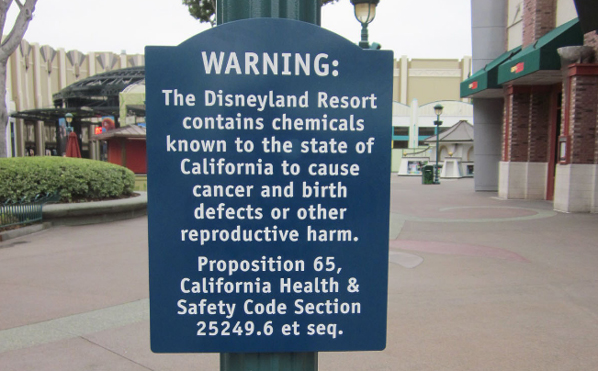Keep mobile phones away from your body, do not put in your pocket or sleep together. New tips technophobic physicians
 Although there is no convincing evidence of the harm of human exposure to mobile phone radiation, the California Department of Public Health (CDPH) last week issued an official warning about such a threat. Doctors advise people to use these devices less frequently and keep them as far as possible from the body.
Although there is no convincing evidence of the harm of human exposure to mobile phone radiation, the California Department of Public Health (CDPH) last week issued an official warning about such a threat. Doctors advise people to use these devices less frequently and keep them as far as possible from the body.The CDPH recommendations state that research into the risks of mobile phone radiation is still ongoing and “the scientific community has not come to a common opinion”. However, people are very easy to scare such things.
If you still feel the danger, this is what the Public Health Department specifically advises. These are simple guidelines that should reduce the effects of radiation on the brain and other organs:
- Use headphones or speakerphone instead of holding the phone to your ear.
- Exchange text messages instead of voice conversations.
- Carry your phone in your purse or backpack instead of sticking it in your clothes pocket.
- Avoid using the phone when it emits a particularly high-energy radio signal, for example, in a car, when broadcasting content or away from a cell phone tower.
- Do not hold the phone close to the head during sleep.
The recommendations are really very simple. But still there are no scientific data that confirm that they are effective.
')
 CDPH Director Dr. Karen Smith (pictured) writes that there really is no scientific evidence, but "some health professionals and members of the public are concerned about the long-term, frequent exposure to energy emitted by cell phones."
CDPH Director Dr. Karen Smith (pictured) writes that there really is no scientific evidence, but "some health professionals and members of the public are concerned about the long-term, frequent exposure to energy emitted by cell phones."Requirements for the maximum allowable emission of mobile phones in different countries are different or absent, as well as other security requirements. For example, on the website of the Federal Communications Commission, it is stated that there is no national standard for mobile phone security, but manufacturers must make sure that all phones comply with “objective limits on safe exposure.”
From time to time, other organizations publish similar recommendations on the “safe use” of mobile phones. For example, in May 2015, the Connecticut Department of Public Health advised something similar .
What makes physicians publish such recommendations in the absence of scientifically verified data? Probably, they believe that in this situation "it is better to be outrun than to come short." Perhaps evidence of the harm of permanent radiation to the brain will appear in decades, but then it will be too late to do something. Meanwhile, now “95% of Americans use mobile phones, and 12% rely on smartphones for daily Internet access,” writes Dr. Karen Smith. “In addition, the average age when a child receives its first phone is now only 10 years old, and most young people keep their phones on themselves or next to them for the most part and during sleep.”
Dr. Smith encourages care for children: “The children's brain develops during the teenage years and may be more exposed to radiation from a mobile phone. Parents should consider reducing the time during which their children use mobile phones, and encourage them to turn off their devices at night. ”
It can be assumed that the richest and most powerful manufacturing companies block scientific research on the dangers of mobile phone radiation. Corporations have enough resources to erase the traces of any research about such harm if it appears. In the end, this situation persisted for decades with research on the dangers of tobacco and sugar. Still, there is still no objective scientific data - and many believe that it is premature for the Health Department to publish such warnings and intimidate people before the official publication of scientific works. Such intimidation in the absence of scientific data is very similar to statements by technoluddites about the dangers of GMOs, cloning and other modern technologies. It is said that in Japan a whole technological cult formed, connected with the harm of electromagnetic radiation from power lines.
On the other hand, in the USA it is customary to warn the public of the slightest risk of danger, even if this risk is negligible and ridiculously small. For example, similar plaques are hung throughout California.

The caption reads: "The Disneyland resort contains chemicals that are known to the state of California to cause cancer, birth defects, or other reproductive function disorders"
The warning is made in accordance with California’s Code 65 of Health and Safety. In reality, such signs can be hung everywhere - and therefore no one takes such warnings seriously.
Source: https://habr.com/ru/post/371109/
All Articles